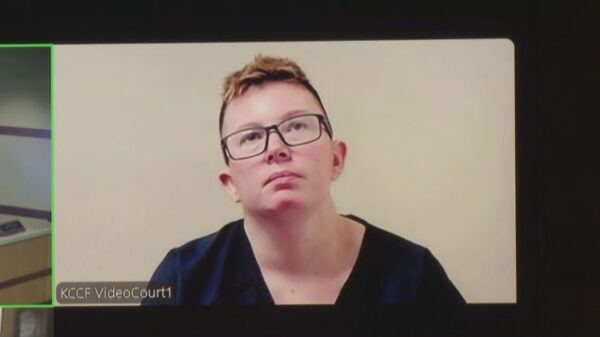The tragic death of Southern University student Caleb Wilson during a fraternity hazing ritual has prompted renewed discussions among state officials on how to effectively combat hazing on college campuses. Wilson died six months ago, leading to criminal charges against three individuals and the expulsion of the fraternity chapter involved. This incident underscores the limitations of the Max Gruver Law, enacted in Louisiana following the 2017 hazing death of Max Gruver at Louisiana State University. This law classified hazing as a felony and led to the implementation of new reporting and prevention measures across various educational institutions.
Despite these efforts, hazing persists, illustrating the need for a comprehensive approach to prevention. Last week, a summit in Baton Rouge brought together local, state, and educational leaders to explore further strategies. Participants acknowledged that hazing is not confined to fraternities and sororities but is rampant in numerous student organizations and clubs.
Addressing hazing effectively requires more than simply increasing penalties or enacting new laws. Legislative actions can play a role, particularly those that facilitate the reporting of hazing incidents and offer protection to students who come forward. Recognizing this week as National Hazing Prevention Week emphasizes the importance of transparency and education in tackling the root causes of hazing.
One immediate step involves enforcing existing reporting regulations. A report from the Hazing Prevention Network revealed that only 18% of Louisiana college campuses have publicly reported hazing incidents, despite requirements from the Louisiana Board of Regents. There should be strict penalties for institutions that fail to comply with these regulations.
The cultural factors contributing to the persistence of hazing also warrant examination. The defendants in the Wilson case included alumni, suggesting that resistance to anti-hazing reforms often comes from those who have already graduated. LSU Interim President Matt Lee highlighted that alumni can play a significant role in perpetuating hazing traditions.
Moreover, nearly half of incoming college students report having experienced some form of hazing prior to their arrival on campus, according to the Hazing Prevention Network. Attorney General Liz Murrill advocates for outreach to high school students as a crucial part of the solution.
While it may be unrealistic to expect the complete eradication of hazing, legal frameworks can establish clear boundaries and impose significant penalties for violations. As noted by participants at the recent summit, creating lasting change will require a collaborative effort that emphasizes education, transparency from administrators, and support from alumni.
In conclusion, the conversation surrounding hazing prevention must evolve into actionable strategies that not only address the symptoms but also the cultural underpinnings that allow such practices to thrive in educational environments.





































































